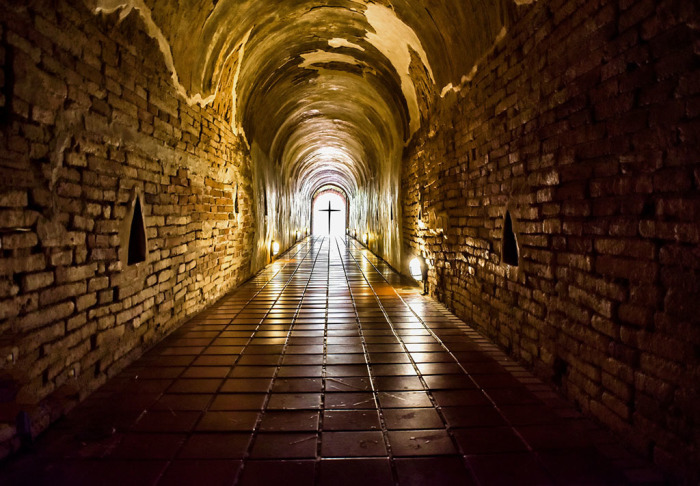
Belief in the afterlife is rising among Americans, notably even among those who identify as religious “nones,” or individuals with no formal religious affiliation. An analysis of recent data indicates a marked increase in belief in an afterlife among non-religious Americans, climbing from roughly 50% in the 1970s to around 60% today.
This finding emerges from an analysis by Ryan Burge, associate professor of political science at Eastern Illinois University, who publishes articles and his analyses at “Graphs About Religion” on Substack.
Burge analyzed nearly five decades of data collected through the General Social Survey, conducted regularly since 1973. The survey posed a straightforward question: “Do you believe there is a life after death?” and respondents could answer simply “yes” or “no.” The stability and gradual rise of afterlife belief over the decades is notable, increasing modestly from 76% in 1973 to around 82% in 2022.
Particularly striking is the growing belief among religiously unaffiliated individuals, a group commonly known as the “nones.”
In the early 1970s, the nones were evenly split on the afterlife question. However, their belief significantly increased, surpassing 60% by the year 2000, and it has remained consistently high since then.
The increase coincided with the demographic expansion of religiously unaffiliated Americans during the 1990s, largely driven by heightened political polarization, which resulted in many people who identified as spiritual but rejected formal religion, according to Burge.
Interestingly, the survey data reveals minimal correlation between education levels and belief in an afterlife.
Across various educational categories — from those without more than a high school diploma to individuals with postgraduate education — belief remains consistently strong, ranging between 79% and 81%.
Historical data further shows that education levels have had little influence over these beliefs since records began, with the belief gap across education categories rarely exceeding five percentage points.
Generational analysis provides additional insights into shifting beliefs about the afterlife.
Data grouped by five-year birth cohorts from the 1940s onward reveals nuanced trends. Those born between 1950 and 1959 saw significant increases in their belief in life after death as they aged, rising from roughly 70% in youth to about 80%-90% in recent years.
Conversely, individuals born in the 1960s experienced noticeable fluctuations without establishing a clear pattern. Among younger cohorts, including those born from the 1970s through the 1980s, belief remains relatively stable, with about 83% consistently affirming belief in an afterlife.
Gender and political affiliation also show distinct influences on afterlife beliefs. Statistical analysis indicates that men are more likely than women to reject the notion of life after death.
Political orientation similarly affects belief, with self-identified liberals being more skeptical compared to conservatives and moderates.
However, the single most significant predictor of disbelief remains religious affiliation, or the lack thereof.
Surprisingly, controlling for other variables such as income and race — which showed minimal statistical significance — higher education emerged as slightly predictive of increased belief in life after death. This finding counters common expectations, as education is typically associated with increased secularization or skepticism toward religious beliefs, Burge notes.
A separate study published in the peer-reviewed journal Socius found that growing numbers of Americans are moving away from organized religion in favor of individualized spiritual beliefs that often draw from multiple traditions.


















